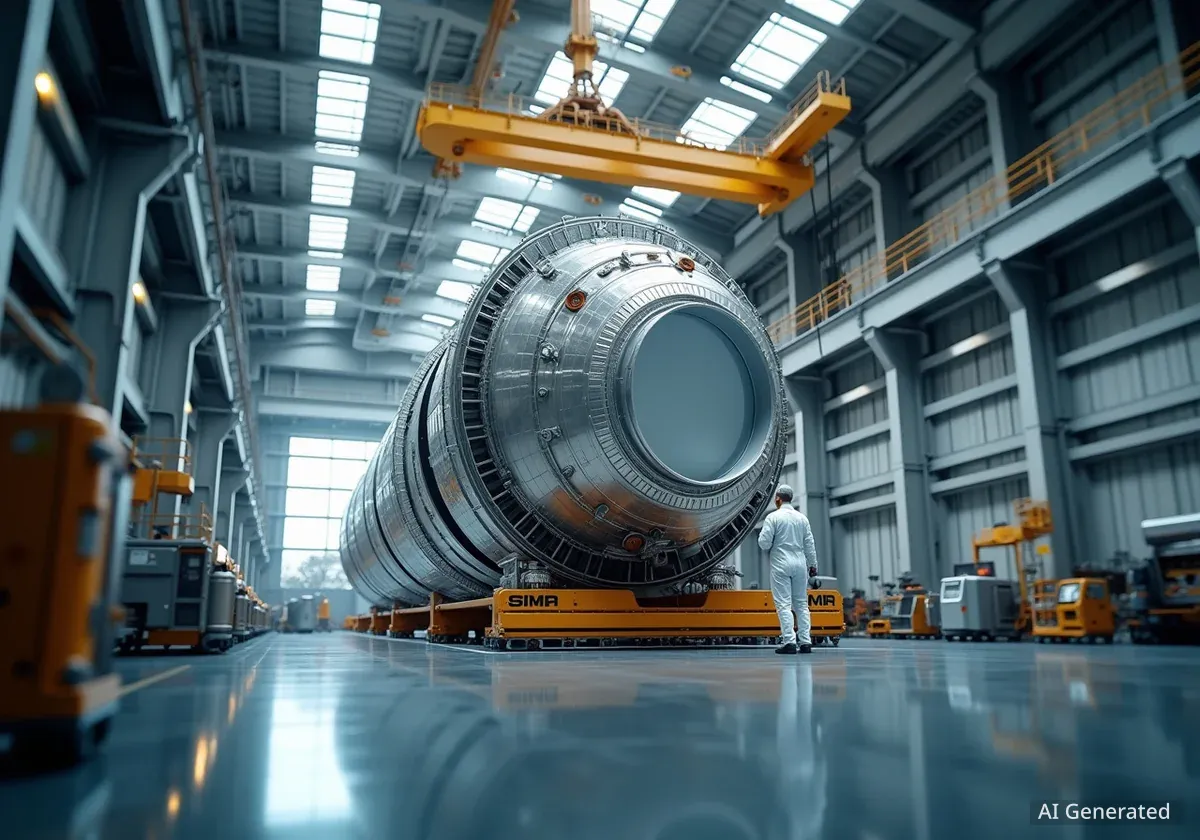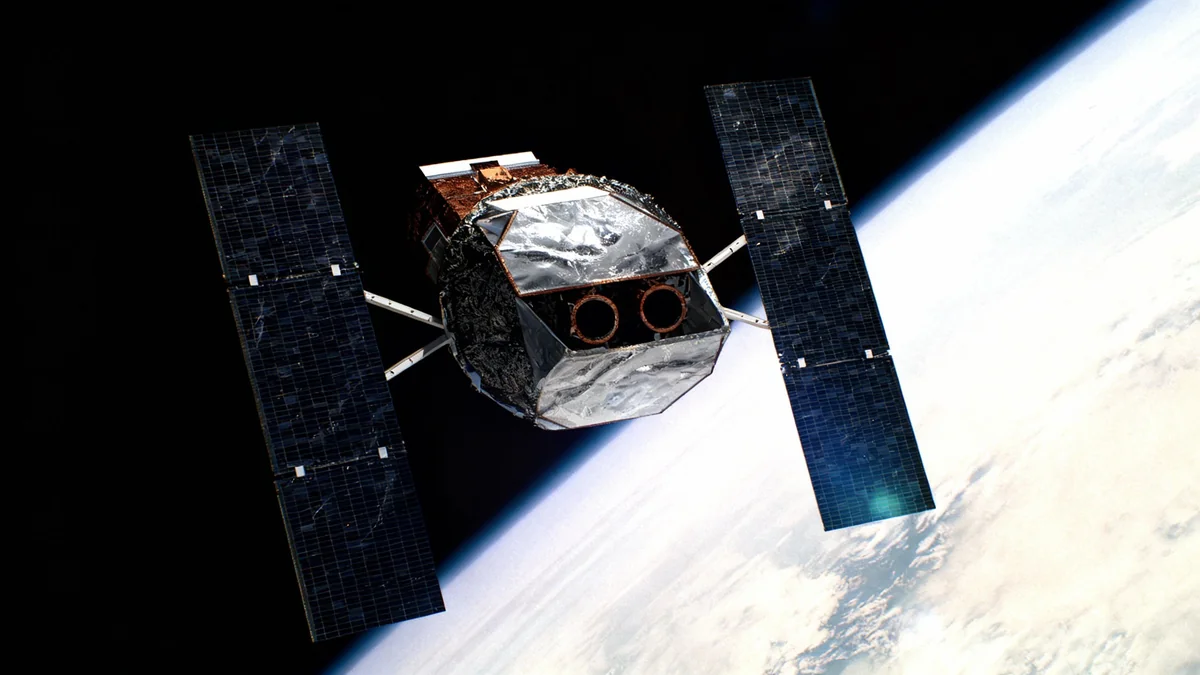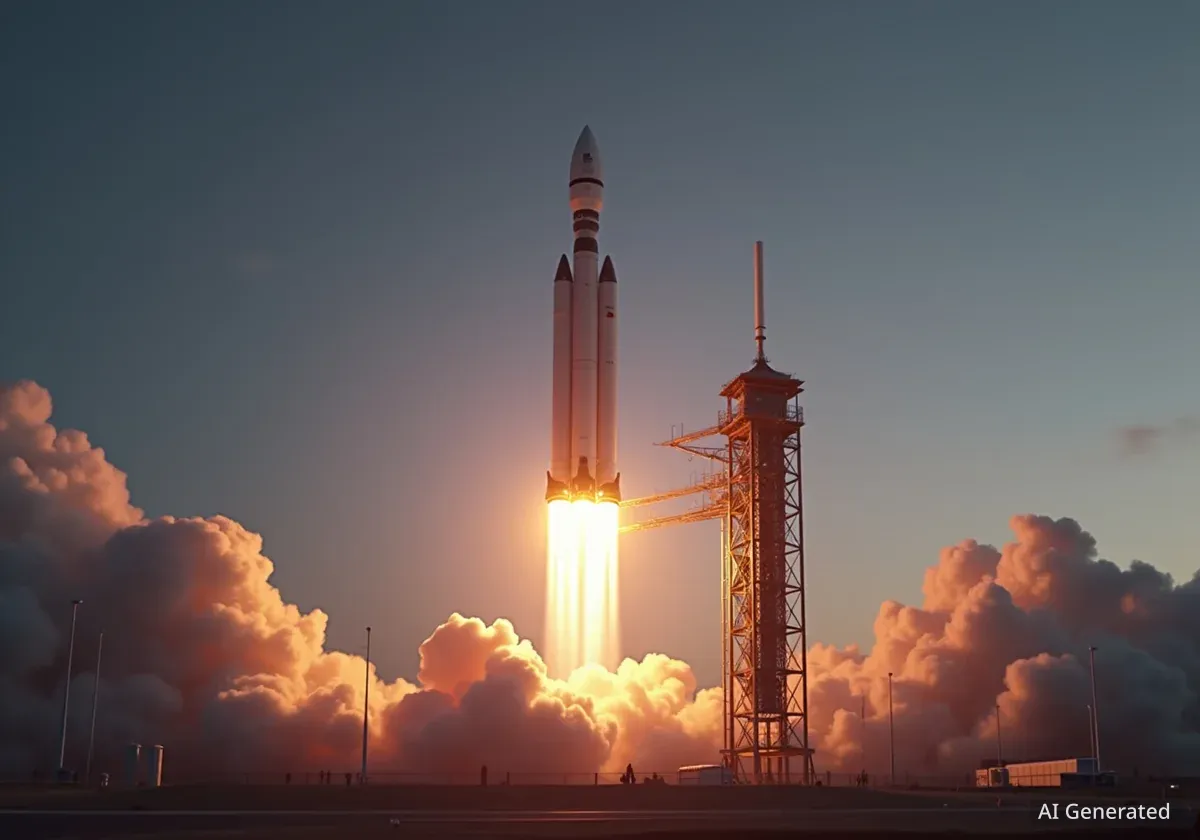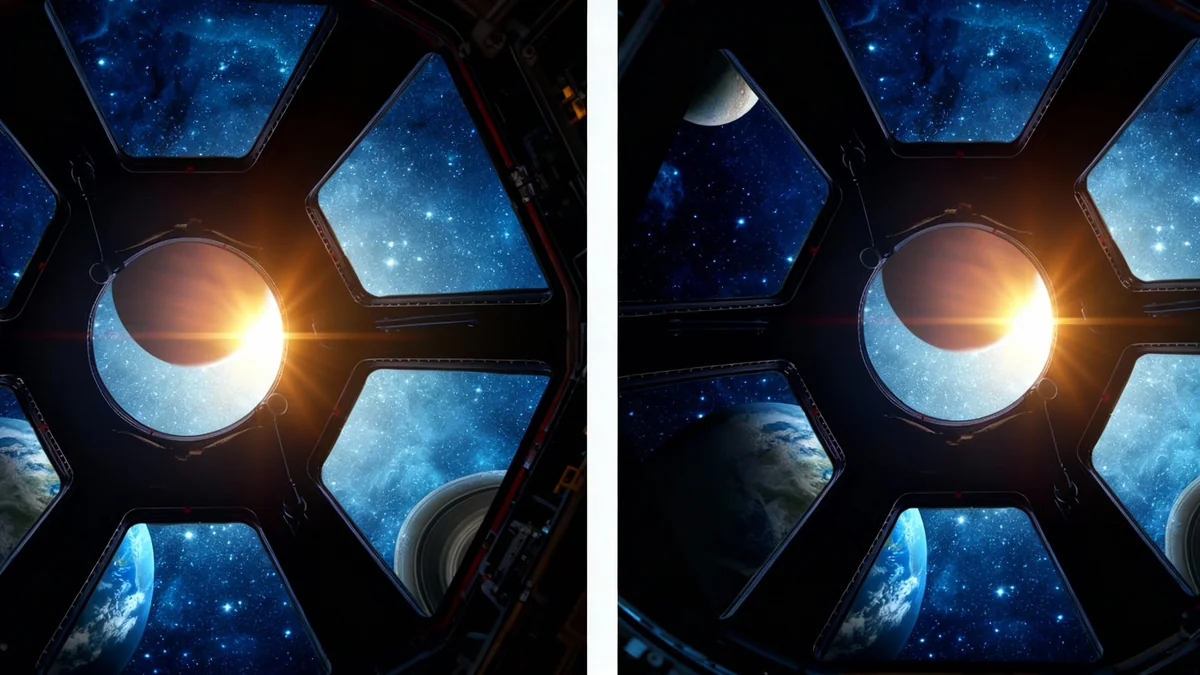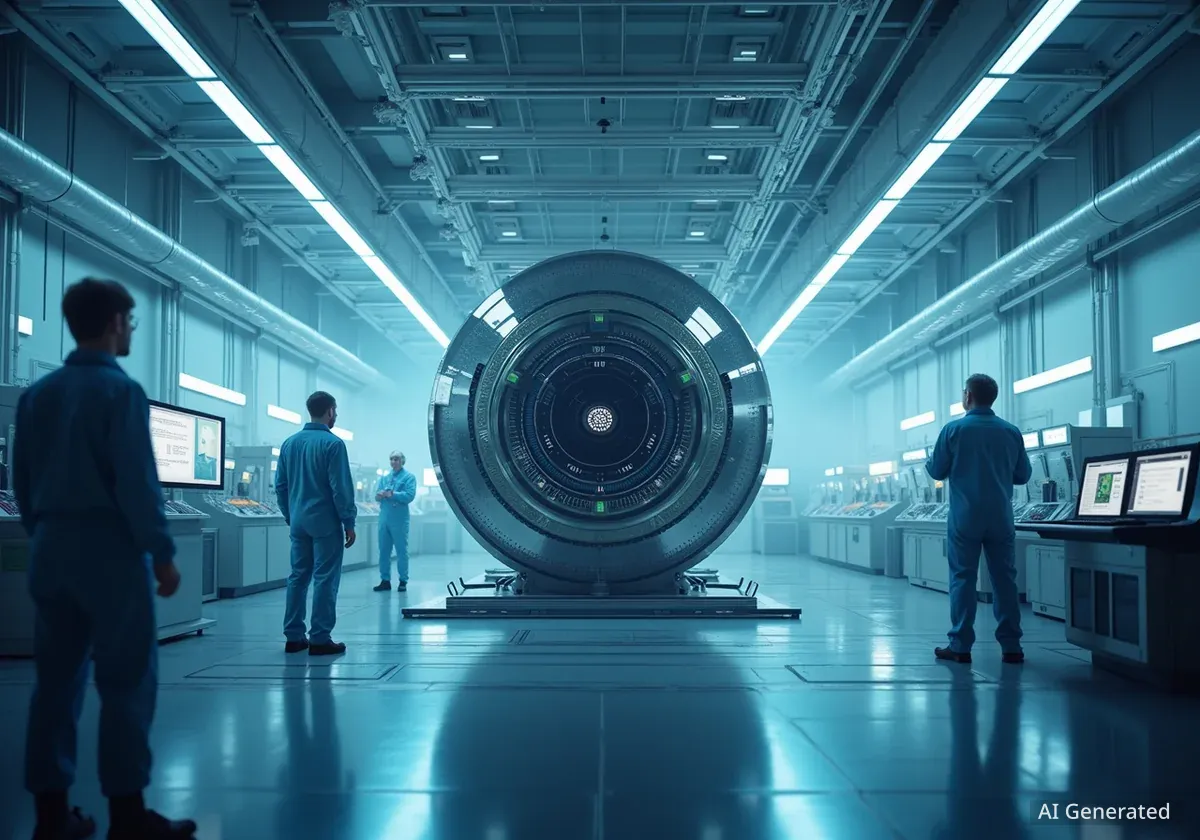Voyager Technologies has chosen Vivace Corporation, an aerospace manufacturer, to produce the main structural components for the Starlab commercial space station. This partnership marks a significant step forward in the development of a private orbital platform designed to succeed the International Space Station (ISS).
The manufacturing will take place at NASA's historic Michoud Assembly Facility (MAF) in New Orleans, Louisiana, leveraging decades of aerospace production expertise. Starlab is one of several commercial projects supported by NASA to ensure a continued U.S. presence in low-Earth orbit.
Key Takeaways
- Vivace Corporation will manufacture the primary structure for the Starlab commercial space station.
- Production will be based at NASA's Michoud Assembly Facility in New Orleans.
- The Starlab project, a joint venture including Voyager and Airbus, has received over $217.5 million in NASA funding.
- The station is scheduled for launch later this decade as a successor to the International Space Station.
A Critical Manufacturing Partnership
Voyager Technologies announced its selection of Vivace Corporation to handle the design finalization and manufacturing of the Starlab station's primary structure. This decision moves the project from the design phase into tangible production.
Vivace is an established aerospace hardware manufacturer with a strong track record. The company produces components for a wide range of prominent clients in the space industry, including NASA, United Launch Alliance (ULA), Rocket Lab, and Northrop Grumman. This experience was a key factor in its selection for the ambitious Starlab project.
The agreement tasks Vivace with transitioning the station's design into a manufacturable product. This process involves refining blueprints and preparing for the fabrication of one of the largest space structures ever built by a private entity.
The Need for a New Orbital Platform
The International Space Station (ISS) is expected to be deorbited around 2030. To avoid a gap in American orbital presence, NASA initiated the Commercial Low-Earth Orbit Destinations (CLD) program. This program funds private companies to develop commercial space stations that can serve as platforms for research, technology development, and commercial activities for both government and private-sector clients. Starlab is a leading contender in this initiative.
Utilizing Historic NASA Facilities
A significant aspect of the partnership is the use of NASA's Michoud Assembly Facility (MAF). Vivace is based within this sprawling complex near New Orleans, which has a storied history in American spaceflight. The facility was instrumental in building the Saturn V rockets for the Apollo program and the external tanks for the Space Shuttle.
By using MAF, the Starlab program gains access to specialized large-scale manufacturing equipment and infrastructure. According to the announcement, the project will also benefit from the expertise of U.S. government partners for structural analysis and testing support available at the facility.
Steve Cook, Chairman of Vivace, commented on the selection.
“Manufacturing one of the largest space structures in our nation’s history demands precision, expertise, and proven processes. Leveraging Vivace’s high-TRL capabilities and facilities in Louisiana, we are proud to contribute to this significant project supporting U.S. and allied leadership in human spaceflight.”
The Starlab Space Venture
Starlab is not the product of a single company but rather a global collaboration. The project is managed by Starlab Space, a joint venture with several key international partners:
- Voyager Technologies: A U.S.-based space exploration company leading the initiative.
- Airbus: A European aerospace giant providing technical expertise.
- Mitsubishi Corporation: A Japanese conglomerate contributing to the global business strategy.
- MDA Space: A Canadian space technology company known for robotics.
- Palantir Technologies: A U.S. software company providing data integration solutions.
The venture also includes strategic partners such as Hilton, which will help design crew hospitality solutions, Northrop Grumman for cargo resupply missions, and The Ohio State University for academic research integration.
Significant Government Investment
To support the development of commercial orbital platforms, NASA has awarded the Starlab program more than $217.5 million. This funding is part of a Space Act Agreement designed to stimulate the commercial space economy and ensure a smooth transition from the ISS.
Project Timeline and Milestones
The selection of a manufacturing partner follows a crucial project milestone achieved earlier this year. Starlab successfully completed its Preliminary Design Review (PDR) in collaboration with NASA. The PDR is a comprehensive technical assessment that confirms the station's design is mature enough to proceed with full-scale fabrication.
While the program had previously targeted a launch in 2028, the latest announcement provides a more flexible timeline, stating the launch is planned for “later this decade.” This adjustment reflects the complexities of developing, manufacturing, and testing a human-rated orbital habitat.
With Vivace now onboard to build the primary structure, the Starlab program is focused on turning its ambitious designs into the physical hardware that will one day orbit the Earth, continuing the legacy of human presence in space for science and commerce.

